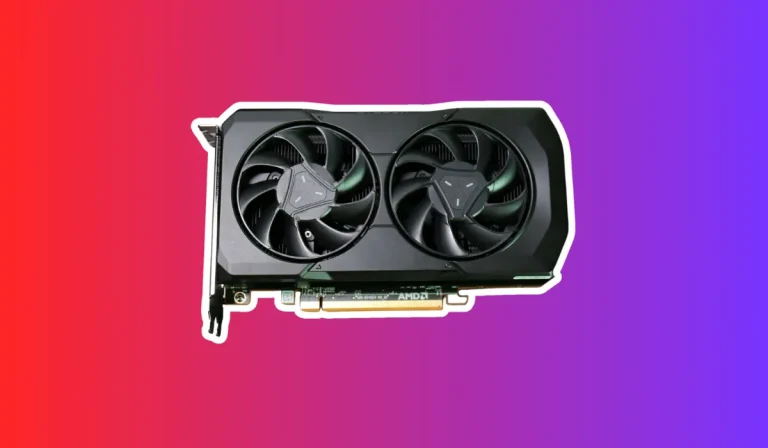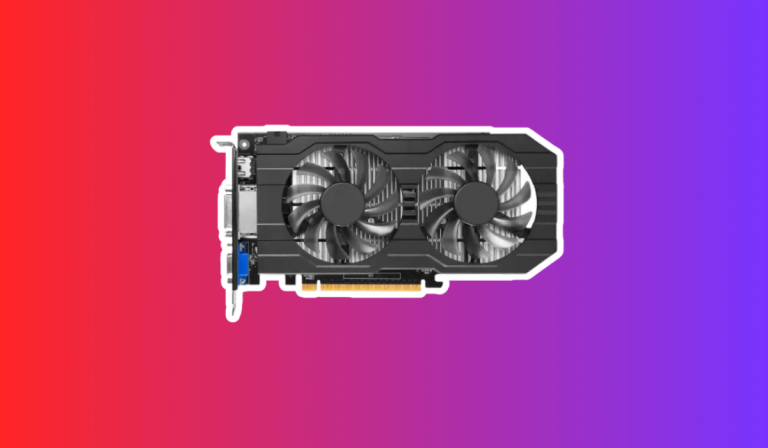How can I know if a graphics card is compatible with my PC?
Are you considering upgrading your PC’s graphics card? It’s an exciting prospect, but before diving in, it’s crucial to understand the importance of compatibility. Choosing the right graphics card ensures optimal performance and compatibility with your system. We’ll explore the steps to determine if a graphics card is compatible with your PC, helping you make an informed decision.
Understanding Graphics Card Compatibility
Interface Compatibility
The interface is the connection between the graphics card and the motherboard. The most common interface today is PCIe (Peripheral Component Interconnect Express). However, older systems may use AGP (Accelerated Graphics Port) or PCI (Peripheral Component Interconnect).
It’s crucial to ensure that the graphics card and motherboard have matching interface types.
Power Requirements
Graphics cards require a certain amount of power to function correctly. You need to check your power supply unit (PSU) wattage and the availability of sufficient power connectors. Graphics card manufacturers provide power consumption specifications, and it’s essential to ensure your PSU can handle the power demands.
Physical Dimensions
Graphics cards come in various sizes, and it’s important to ensure that the card fits within your computer case. Measure the available space and consider factors like the length, width, and height of the graphics card. Additionally, some graphics cards may have dual-slot designs or require additional space for cooling solutions, so keep these aspects in mind.
Checking Interface Compatibility
Different types of graphics card interfaces
The most common interface used in modern PCs is PCIe (Peripheral Component Interconnect Express). However, older systems may still use AGP (Accelerated Graphics Port) or PCI (Peripheral Component Interconnect) interfaces.
It’s important to identify the type of interface supported by your motherboard to ensure compatibility with the graphics card you plan to install.
Identifying the interface type supported by your motherboard
To determine the interface type supported by your motherboard, you can refer to the motherboard’s manual or specifications provided by the manufacturer. Alternatively, you can check the motherboard’s physical slots and look for labels or markings that indicate the type of interface.
Compatibility considerations for older motherboards
If you have an older motherboard that uses AGP or PCI interfaces, it’s important to note that newer graphics cards may not be compatible with these interfaces. AGP and PCI interfaces have become obsolete, and most modern graphics cards are designed to work with PCIe interfaces.
In such cases, upgrading the motherboard along with the graphics card might be necessary to ensure compatibility and take advantage of the latest graphics card technologies.
Assessing Power Requirements
Understanding power consumption specifications
Graphics cards have specific power consumption requirements that are expressed in watts. It’s important to check the power consumption specifications provided by the graphics card manufacturer.
This information can usually be found on the product packaging or the manufacturer’s website. Knowing the power consumption of the graphics card will help you determine if your power supply unit (PSU) can provide sufficient power.
Checking your power supply unit (PSU)
To determine if your PSU can handle the power requirements of the graphics card, you need to check the wattage rating of your PSU. This information is typically indicated on the PSU itself or on the label attached to it. Ensure that the wattage rating of your PSU is equal to or greater than the power consumption of the graphics card.
It’s important to check if your PSU has the necessary power connectors required by the graphics card. Some high-end graphics cards may require additional power connectors, such as 6-pin or 8-pin connectors. Ensure that your PSU has these connectors available to provide power to the graphics card.
Considerations for upgrading your PSU
If your current PSU doesn’t meet the power requirements of the graphics card, you may need to upgrade your PSU to ensure compatibility. A PSU with a higher wattage rating and the necessary power connectors will provide the required power for the graphics card to function optimally.
FAQ’s
1. Can any graphics card work with my PC?
No, not all graphics cards are compatible with every PC.
2. What happens if I install a graphics card that is not compatible with my PC?
Installing an incompatible graphics card can lead to various issues, such as the card not being recognized by the system, display problems, or even system crashes. It’s crucial to ensure compatibility to avoid these problems.
3. How can I determine the interface type of my motherboard?
To determine the interface type of your motherboard, you can refer to the motherboard’s manual or specifications provided by the manufacturer
4. What if my motherboard uses an older interface, like AGP or PCI? Can I still use a modern graphics card?
If your motherboard uses an older interface like AGP or PCI, it may not be compatible with modern graphics cards designed for PCIe interfaces.
5. How do I check if my power supply can handle the power requirements of a graphics card?
To check if your power supply can handle the power requirements, you need to determine the wattage rating of your power supply unit (PSU) and compare it to the power consumption specifications provided by the graphics card manufacturer.
Conclusion
Are you planning to upgrade your PC’s graphics card? Before you make a purchase, it’s crucial to ensure compatibility with your system. By following the outlined steps and checking interface compatibility and power requirements, you can avoid potential issues and enjoy a smooth installation process.
Installing a compatible graphics card offers several benefits, including optimal performance, enhanced visuals, and support for the latest technologies. Don’t overlook the importance of compatibility – it’s the key to unlocking the full potential of your graphics card.




